Home>Renovation & DIY>Tools & Equipment>How To Use A Precision Screwdriver
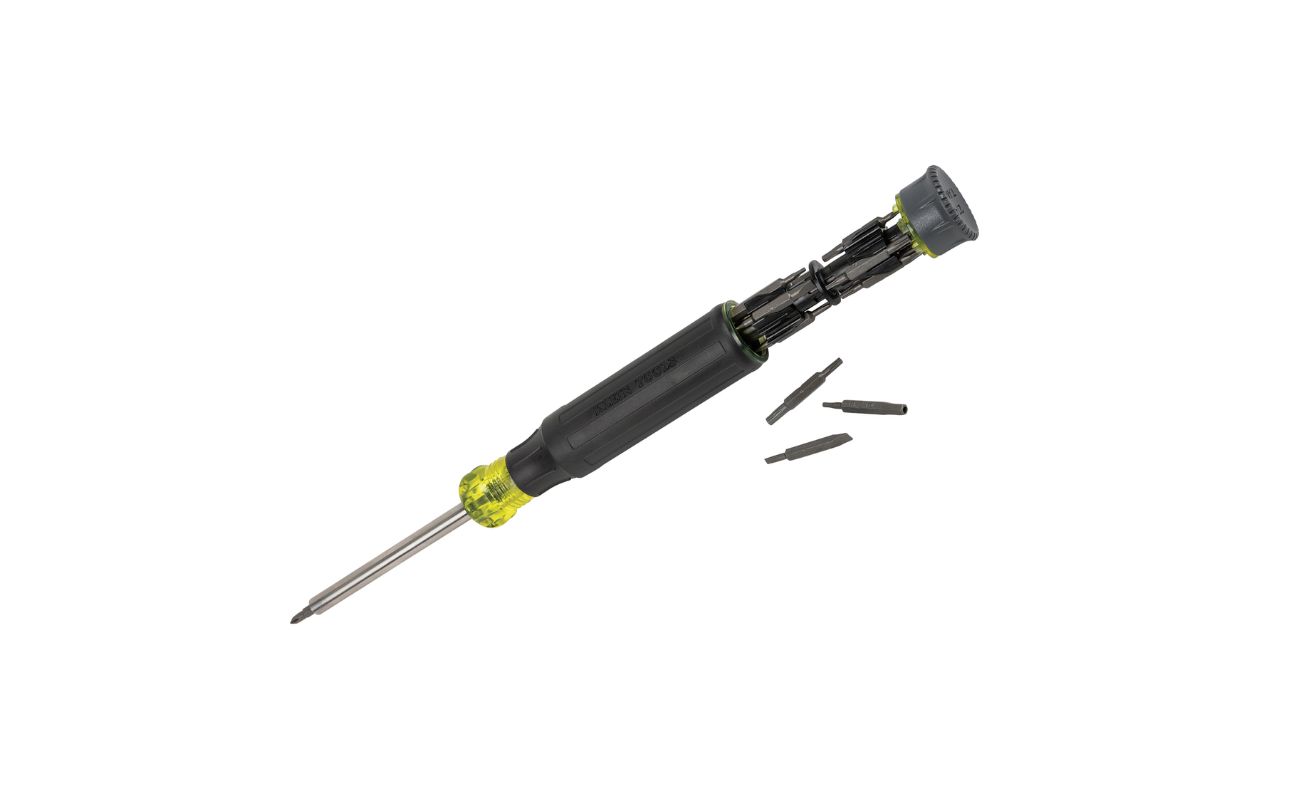

Tools & Equipment
How To Use A Precision Screwdriver
Published: December 19, 2023
Learn how to effectively use a precision screwdriver and other tools and equipment with our comprehensive guide. Master the art of precision work today!
(Many of the links in this article redirect to a specific reviewed product. Your purchase of these products through affiliate links helps to generate commission for Storables.com, at no extra cost. Learn more)
Introduction
Welcome to the world of precision screwdrivers, where intricate tasks and delicate equipment demand the utmost care and attention to detail. Whether you're a seasoned professional or a DIY enthusiast, the precision screwdriver is an indispensable tool for handling small screws in electronic devices, eyeglasses, jewelry, and more. In this comprehensive guide, we'll explore the essential components of a precision screwdriver, delve into the art of selecting the right screwdriver for the job, learn the correct techniques for using it effectively, and discover how to maintain this invaluable tool for long-term performance.
As we embark on this journey, envision yourself as a craftsman of precision, equipped with the knowledge and skills to tackle intricate tasks with finesse. The precision screwdriver is not just a tool; it's an extension of your expertise and a key to unlocking the intricate world of small-scale engineering. So, let's dive in and unravel the secrets of the precision screwdriver, empowering you to handle intricate tasks with confidence and precision.
Key Takeaways:
- Choose the right precision screwdriver by matching the screw type, prioritizing handle comfort, and opting for interchangeable bits to ensure efficient and damage-free screwdriving.
- Maintain your precision screwdriver by keeping it clean, storing it properly, inspecting for wear, applying lubrication, and sharpening or replacing blades for long-term precision and reliability.
Read more: How To Use A Screwdriver
Understanding the Components of a Precision Screwdriver
Before delving into the practical aspects of using a precision screwdriver, it’s essential to understand its components. A typical precision screwdriver consists of several key elements, each playing a crucial role in its functionality:
- Handle: The handle of a precision screwdriver provides a comfortable grip and control during use. It’s often designed with a knurled or textured surface to prevent slipping and ensure precise handling.
- Shaft: The shaft is the elongated, slender part of the screwdriver that houses the blade, which fits into the screw head. It’s crucial to choose a screwdriver with a shaft that matches the size and type of screws you’ll be working with.
- Blade: The blade, also known as the tip or bit, is the part of the screwdriver that engages with the screw’s head. It comes in various shapes and sizes to accommodate different types of screws, such as slotted, Phillips, Torx, or hexagonal.
- Bit Storage: Some precision screwdrivers feature built-in bit storage within the handle, allowing for convenient access to multiple interchangeable bits. This feature enhances versatility and efficiency when working with various screw types.
- Rotating Cap: The rotating cap, often found at the top of the handle, enables fingertip rotation of the screwdriver during use. This feature facilitates precise control and effortless manipulation, especially in confined spaces.
Understanding these components is vital for selecting the right precision screwdriver for specific tasks. The diversity of screw heads and sizes necessitates a comprehensive range of precision screwdrivers to handle various projects effectively.
Now that we’ve gained insight into the anatomy of a precision screwdriver, let’s proceed to the next section, where we’ll explore the art of choosing the right screwdriver for the job.
Choosing the Right Screwdriver for the Job
When it comes to precision work, selecting the appropriate screwdriver is paramount. The right screwdriver not only ensures the efficient tightening or loosening of screws but also minimizes the risk of damaging delicate components. Here are key considerations for choosing the right precision screwdriver:
- Screw Type and Size: Different screw heads, such as slotted, Phillips, Torx, or hexagonal, require corresponding screwdriver blades. It’s crucial to match the screw type and size with the appropriate precision screwdriver to achieve a secure and damage-free fit.
- Handle Comfort and Grip: Since precision work often involves prolonged use of screwdrivers, a comfortable handle with a secure grip is essential. Look for screwdrivers with ergonomic designs and textured handles to ensure a firm and comfortable hold, reducing hand fatigue during extended use.
- Interchangeable Bits: Opt for precision screwdrivers that offer interchangeable bits, providing versatility for handling various screw types with a single tool. This feature eliminates the need for multiple screwdrivers, streamlining your toolkit and enhancing convenience.
- Quality and Durability: Invest in high-quality precision screwdrivers made from durable materials. Quality screwdrivers not only deliver superior performance but also withstand frequent use without compromising their functionality or precision.
- Magnetic Tip: Some precision screwdrivers feature magnetic tips that securely hold screws in place, preventing them from falling off during installation or removal. This magnetic feature simplifies handling small screws and enhances overall efficiency.
By carefully considering these factors, you can select the most suitable precision screwdriver for each task, ensuring seamless and precise execution without compromising the integrity of the components being worked on.
With a firm grasp of the considerations for choosing the right precision screwdriver, let’s move on to the next section, where we’ll explore the correct techniques for using this indispensable tool effectively.
When using a precision screwdriver, make sure to match the size of the screwdriver tip to the screw head. Apply gentle pressure and turn slowly to avoid stripping the screw.
Using the Precision Screwdriver Correctly
Mastering the art of using a precision screwdriver is essential for executing intricate tasks with finesse and precision. Whether you’re assembling delicate electronic devices, repairing eyeglasses, or working on intricate jewelry, employing the following techniques will ensure optimal results:
- Secure the Workpiece: Before using the precision screwdriver, ensure that the workpiece is securely positioned to prevent movement during the screwdriving process. This stability is crucial for maintaining accuracy and preventing potential damage to the workpiece.
- Select the Correct Blade: Choose the precision screwdriver blade that precisely matches the screw head. Using an ill-fitting blade can lead to slippage, damaging the screw head and potentially causing injury or damage to surrounding components.
- Apply Even Pressure: When driving or removing screws, apply even pressure and maintain a straight, perpendicular angle between the screwdriver and the screw head. This approach minimizes the risk of slippage and ensures a secure grip, preventing damage to the screw and workpiece.
- Rotate Smoothly and Carefully: Use controlled, smooth rotations when driving or removing screws. Avoid excessive force or sudden movements, as these can lead to stripped screw heads or damage to the surrounding material.
- Inspect and Test: After tightening or loosening a screw, inspect the workpiece to ensure that the screw has been properly secured or removed. Additionally, test the functionality of the assembled components to verify the effectiveness of the screwdriving process.
By adhering to these techniques, you can harness the precision screwdriver’s capabilities to accomplish intricate tasks with confidence and accuracy, safeguarding both the workpiece and the integrity of the screws being handled.
Now that we’ve explored the correct techniques for using a precision screwdriver, let’s proceed to the next section, where we’ll uncover the essential practices for maintaining this invaluable tool.
Maintaining Your Precision Screwdriver
Proper maintenance is essential for preserving the functionality and longevity of your precision screwdriver. By incorporating the following practices into your routine, you can ensure that your tool remains in optimal condition for precise and reliable performance:
- Keep the Screwdriver Clean: After each use, wipe the precision screwdriver with a clean, dry cloth to remove any dust, debris, or residue. This simple practice helps prevent contamination and ensures smooth operation during subsequent uses.
- Store Properly: Store your precision screwdriver in a designated case or toolbox to protect it from exposure to moisture, dust, and potential damage. Proper storage not only maintains the tool’s condition but also prevents misplacement, ensuring it’s readily accessible when needed.
- Inspect for Wear and Damage: Regularly inspect the handle, shaft, and blade of the screwdriver for signs of wear, such as cracks, deformation, or corrosion. If any damage is detected, promptly address it by replacing the affected components or seeking professional repair services.
- Apply Lubrication: Periodically lubricate the moving parts of the precision screwdriver, such as the rotating cap, to ensure smooth operation and prevent stiffness or resistance during use. Use a small amount of high-quality lubricant suitable for precision tools to maintain optimal functionality.
- Sharpen or Replace Blades: If the screwdriver blades show signs of dullness or wear, sharpen them using a suitable sharpening tool or replace them with new, sharp blades. Sharp blades ensure proper engagement with screw heads, reducing the risk of slippage and damage.
By integrating these maintenance practices into your tool care regimen, you can uphold the precision and reliability of your screwdriver, empowering it to meet the demands of intricate tasks with consistent accuracy and performance.
With a clear understanding of the essential maintenance practices for precision screwdrivers, we’re now equipped to ensure the longevity and effectiveness of this indispensable tool.
Read more: How To Use Power Screwdriver
Conclusion
Congratulations on embarking on a journey through the intricate world of precision screwdrivers. We’ve explored the essential components of this indispensable tool, delved into the art of selecting the right screwdriver for specific tasks, learned the correct techniques for using it effectively, and uncovered the essential practices for maintaining its optimal performance.
As you navigate the realm of precision work, remember that the precision screwdriver is more than just a tool; it’s a gateway to precision, finesse, and meticulous craftsmanship. Armed with the knowledge and skills gained from this guide, you’re well-equipped to tackle intricate projects with confidence and precision.
Whether you’re assembling delicate electronics, repairing precision instruments, or engaging in intricate hobbyist pursuits, the precision screwdriver stands as your trusted ally, facilitating the seamless execution of tasks that demand meticulous attention to detail.
As you continue your journey, may your precision screwdriver serve as a conduit for your expertise, enabling you to navigate the intricate terrain of small-scale engineering with finesse and mastery. Embrace the artistry of precision work, and let your precision screwdriver be the instrument through which your skills and craftsmanship shine.
With this comprehensive guide as your compass, you’re poised to embark on a journey of precision, armed with the knowledge, skills, and understanding to harness the full potential of the precision screwdriver. Embrace each intricate task with confidence, knowing that your precision screwdriver is a steadfast companion, empowering you to achieve precision and excellence in every endeavor.
Frequently Asked Questions about How To Use A Precision Screwdriver
Was this page helpful?
At Storables.com, we guarantee accurate and reliable information. Our content, validated by Expert Board Contributors, is crafted following stringent Editorial Policies. We're committed to providing you with well-researched, expert-backed insights for all your informational needs.
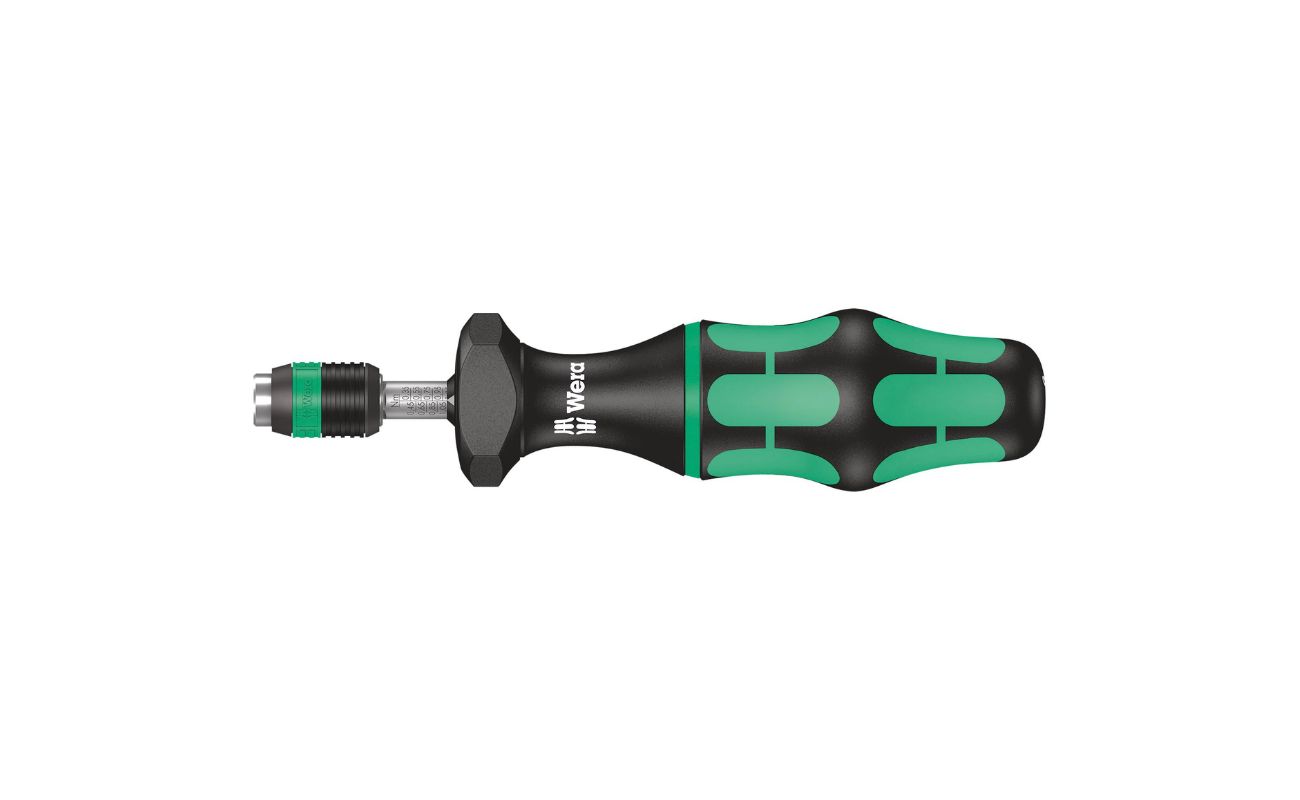
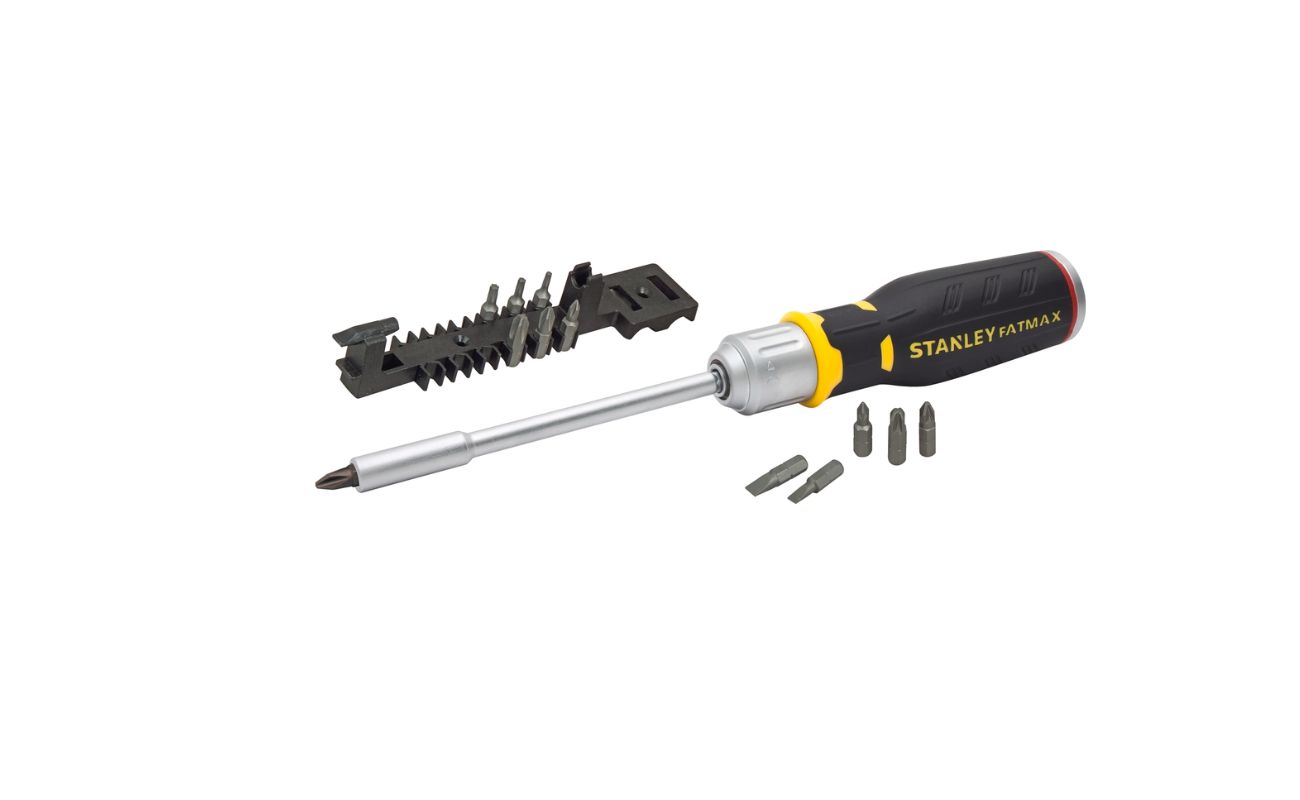
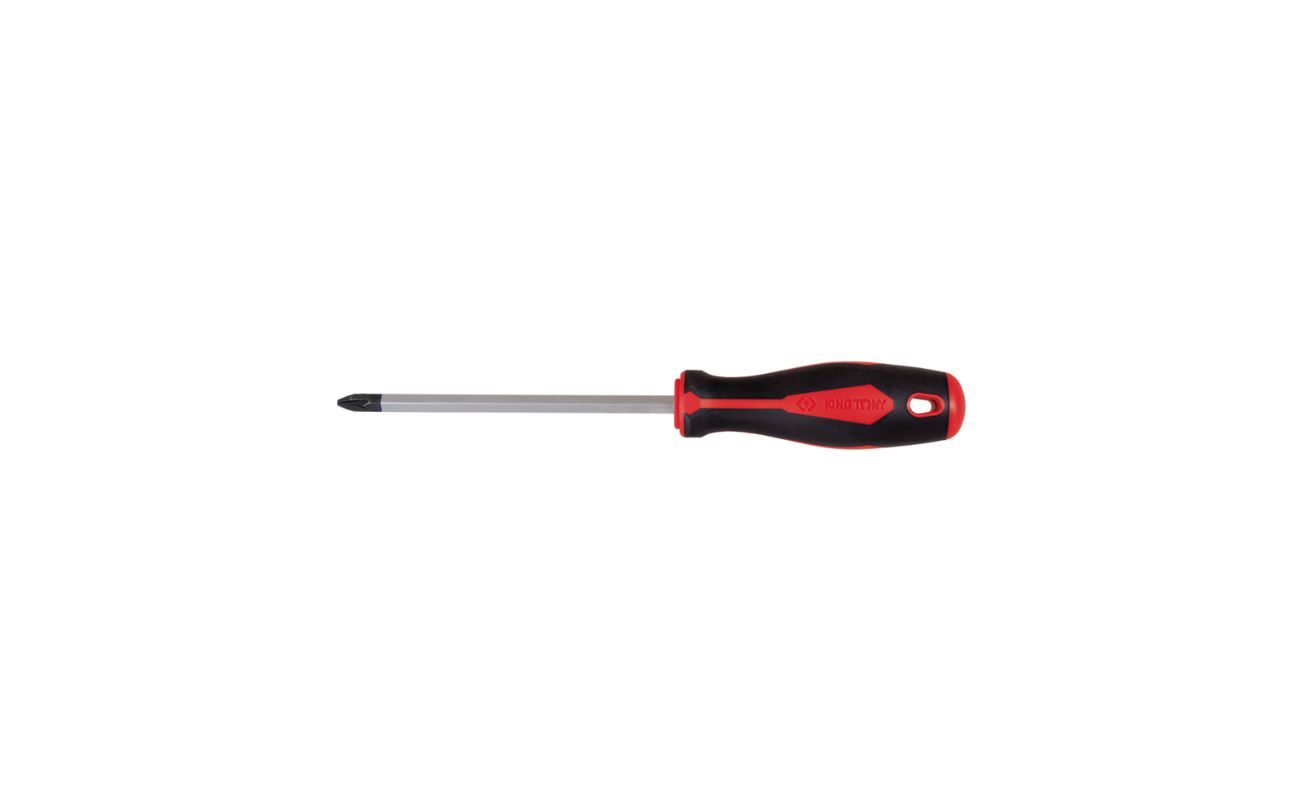
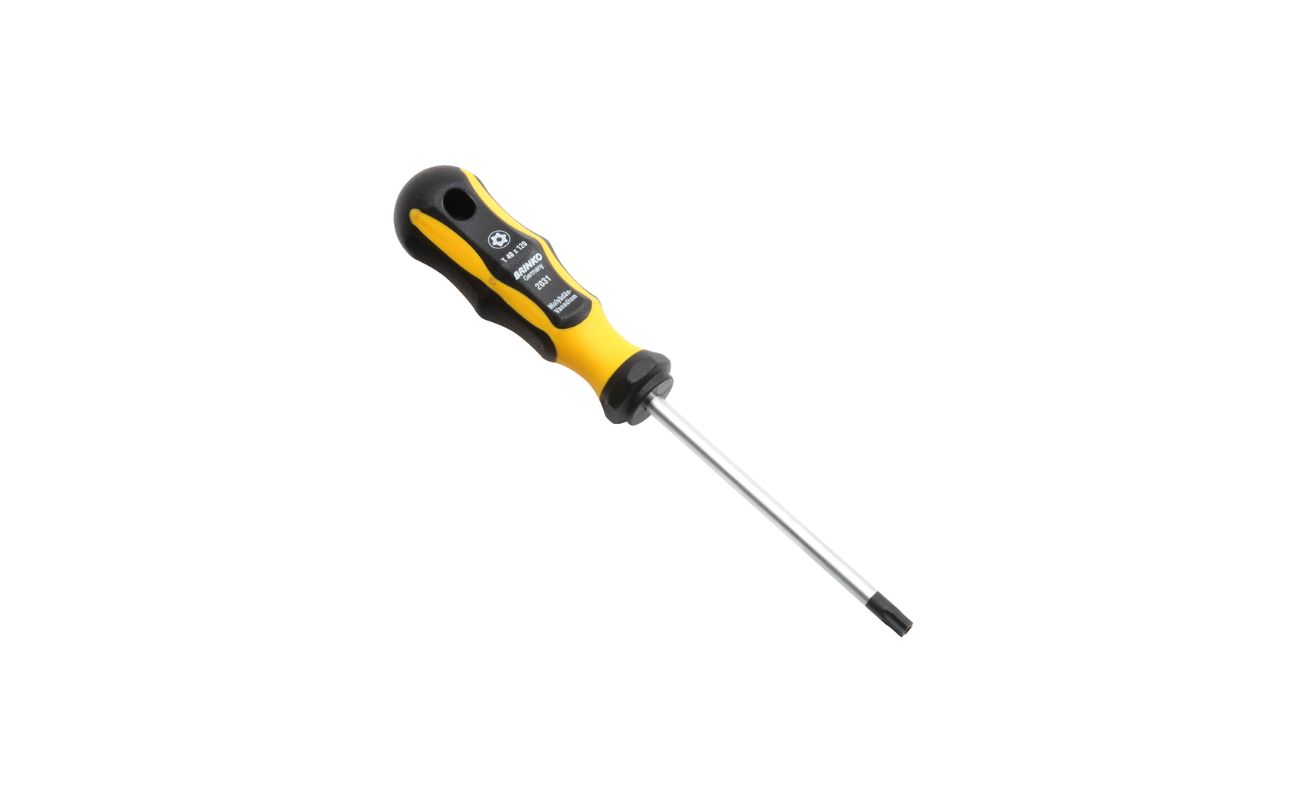
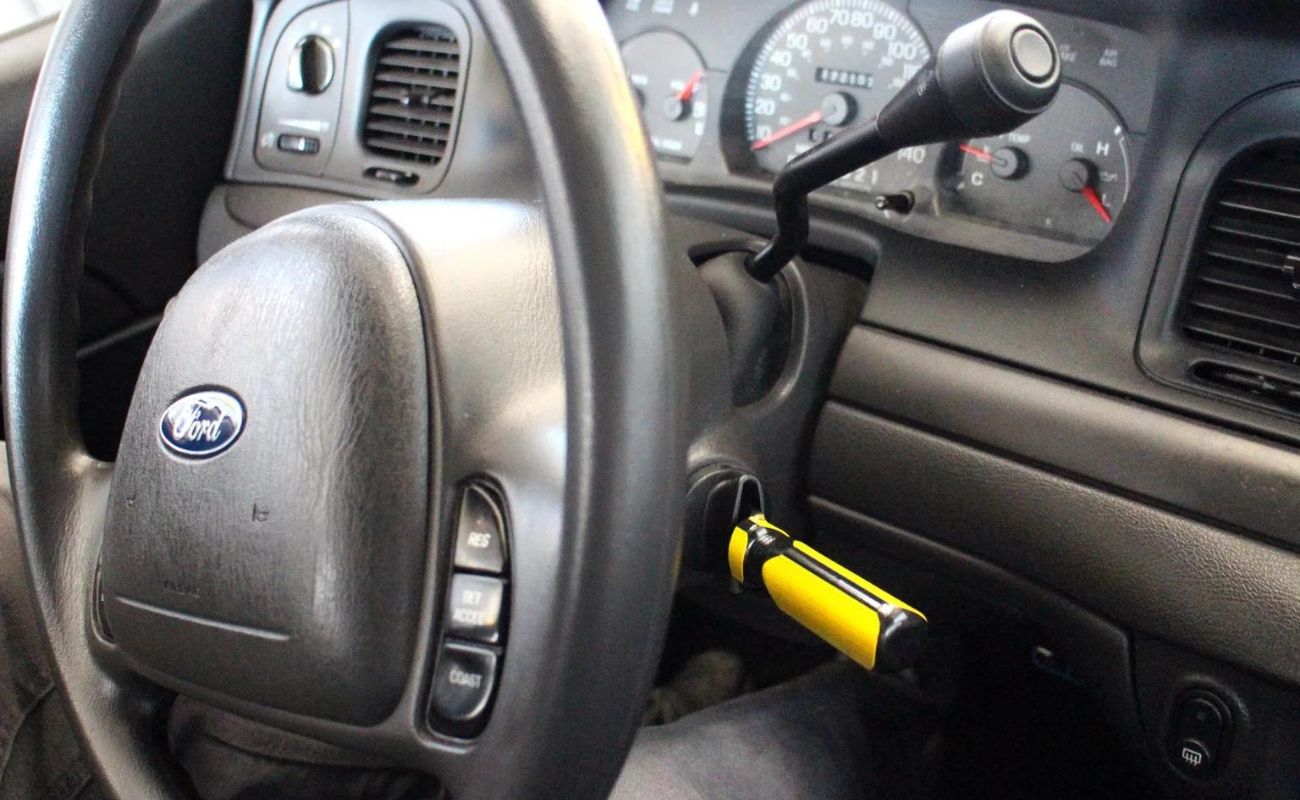
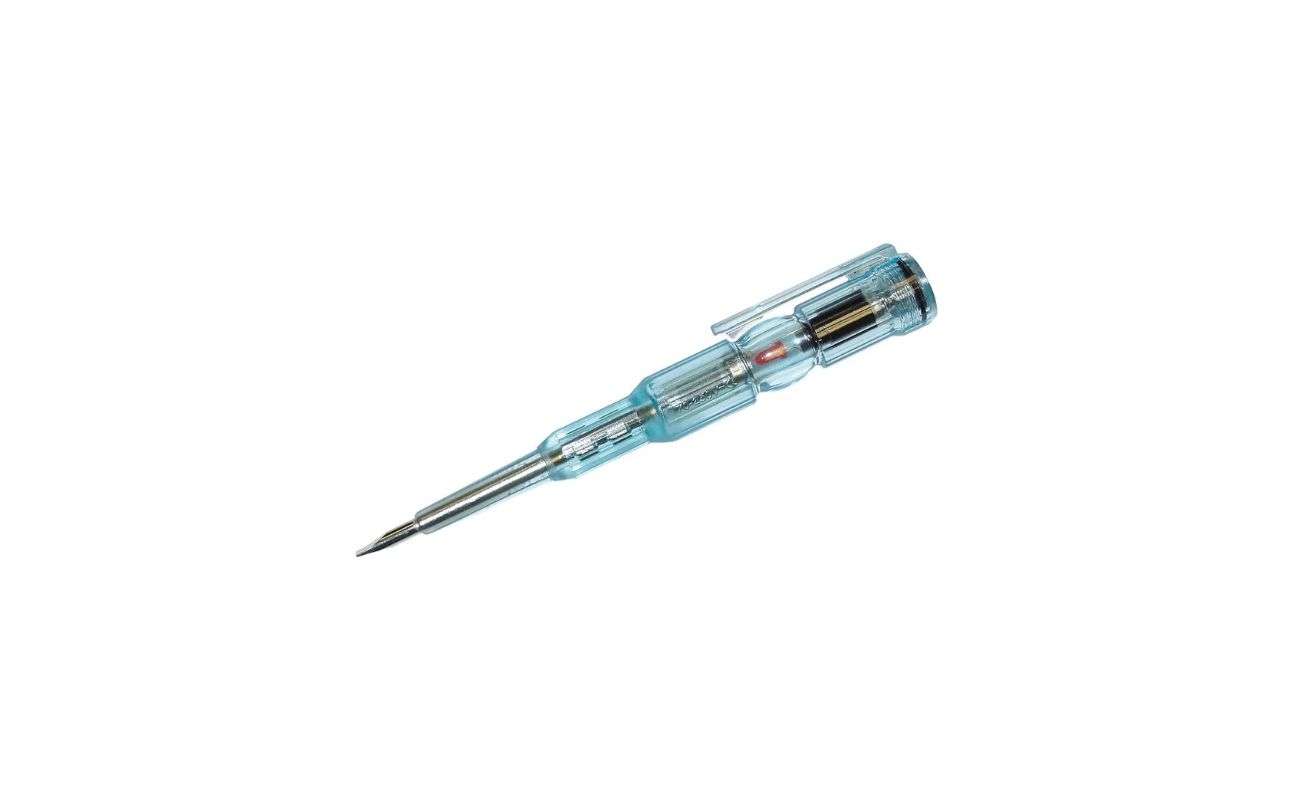
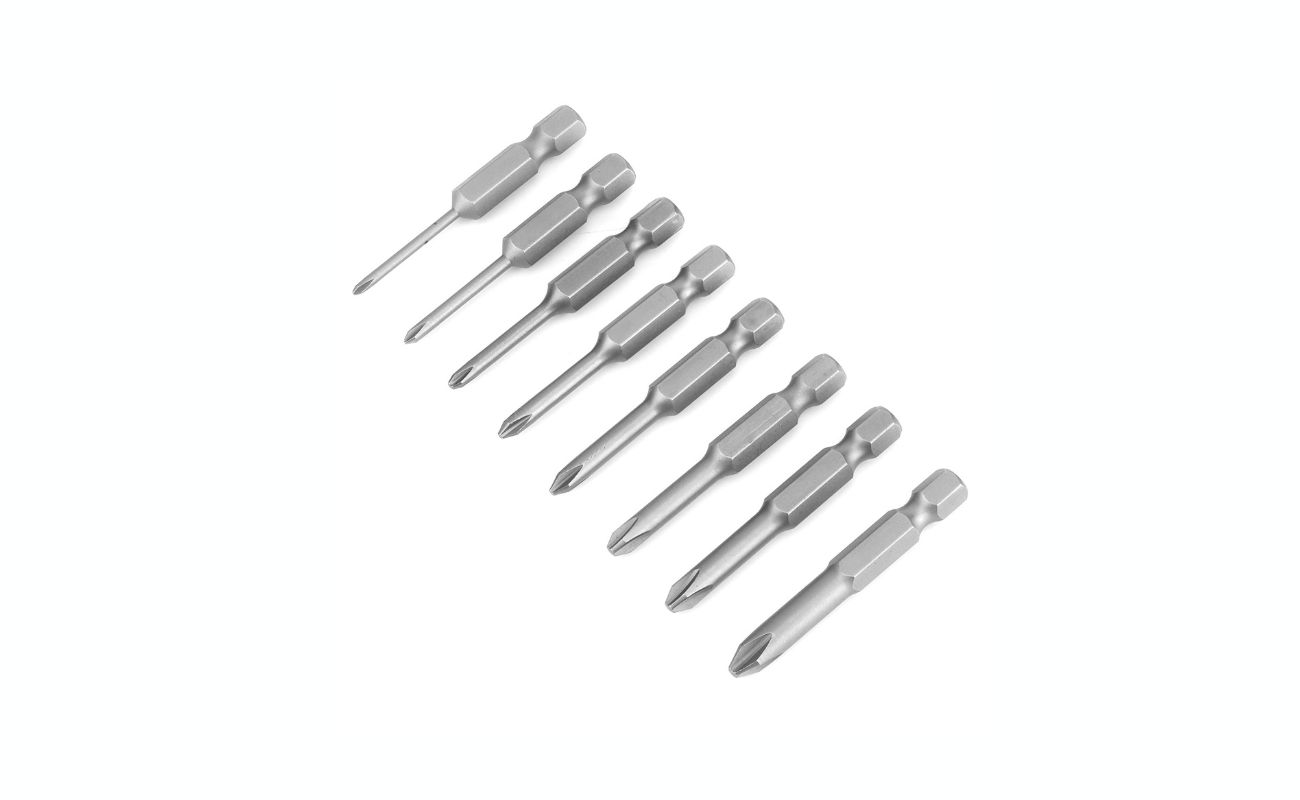

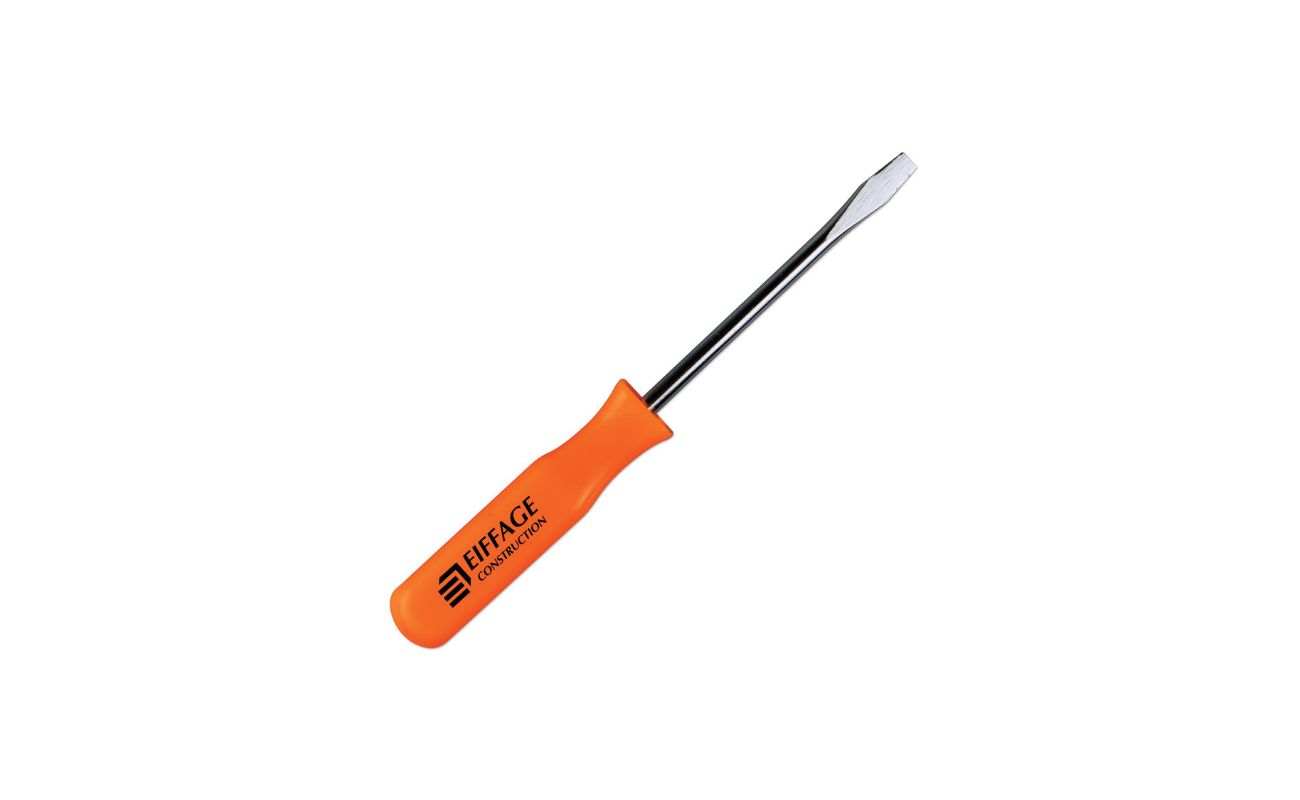
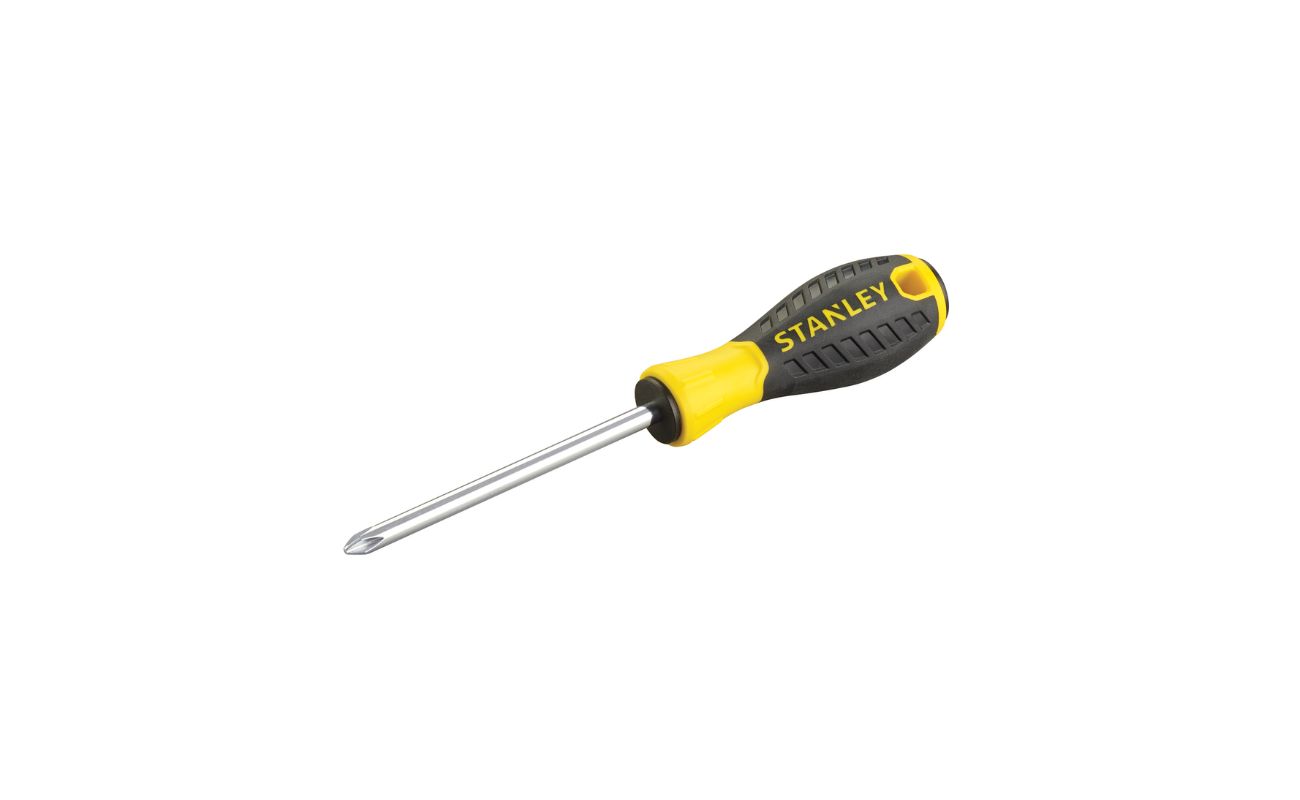
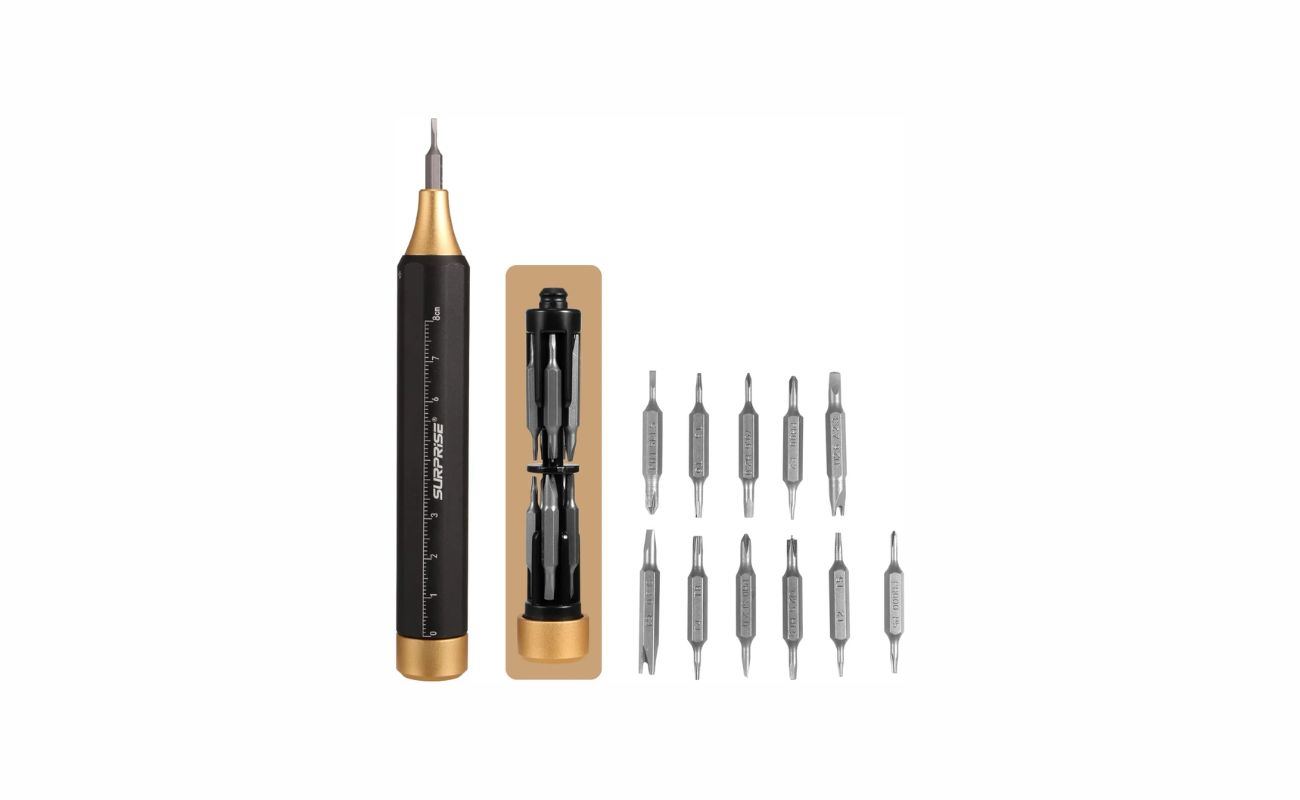
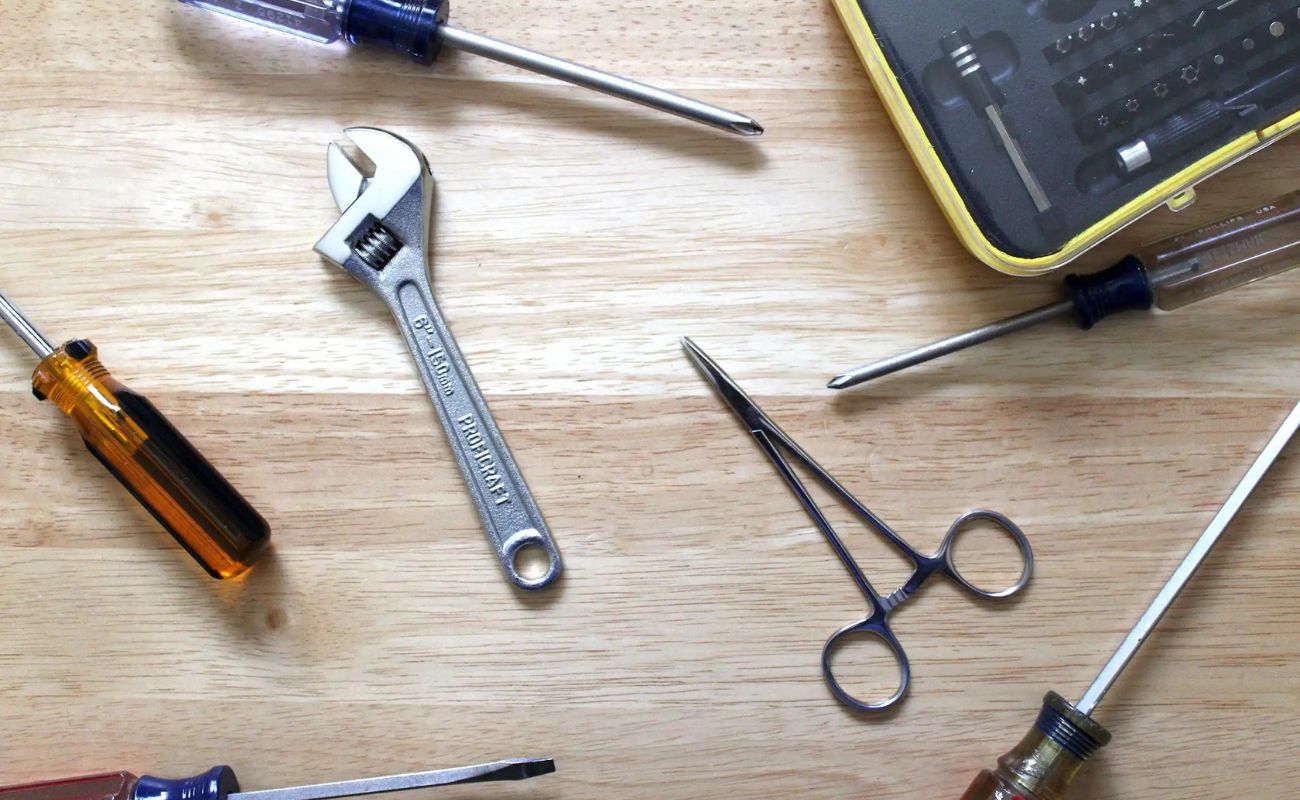
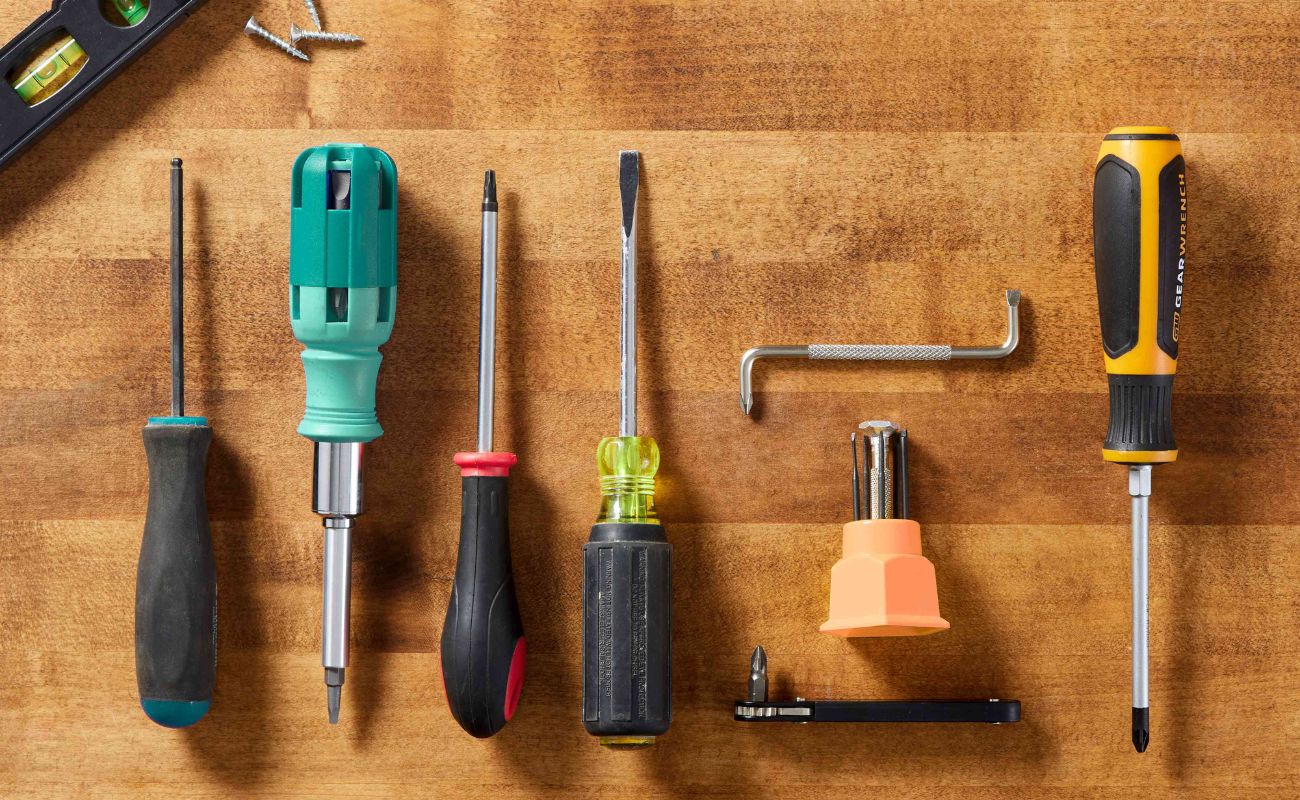
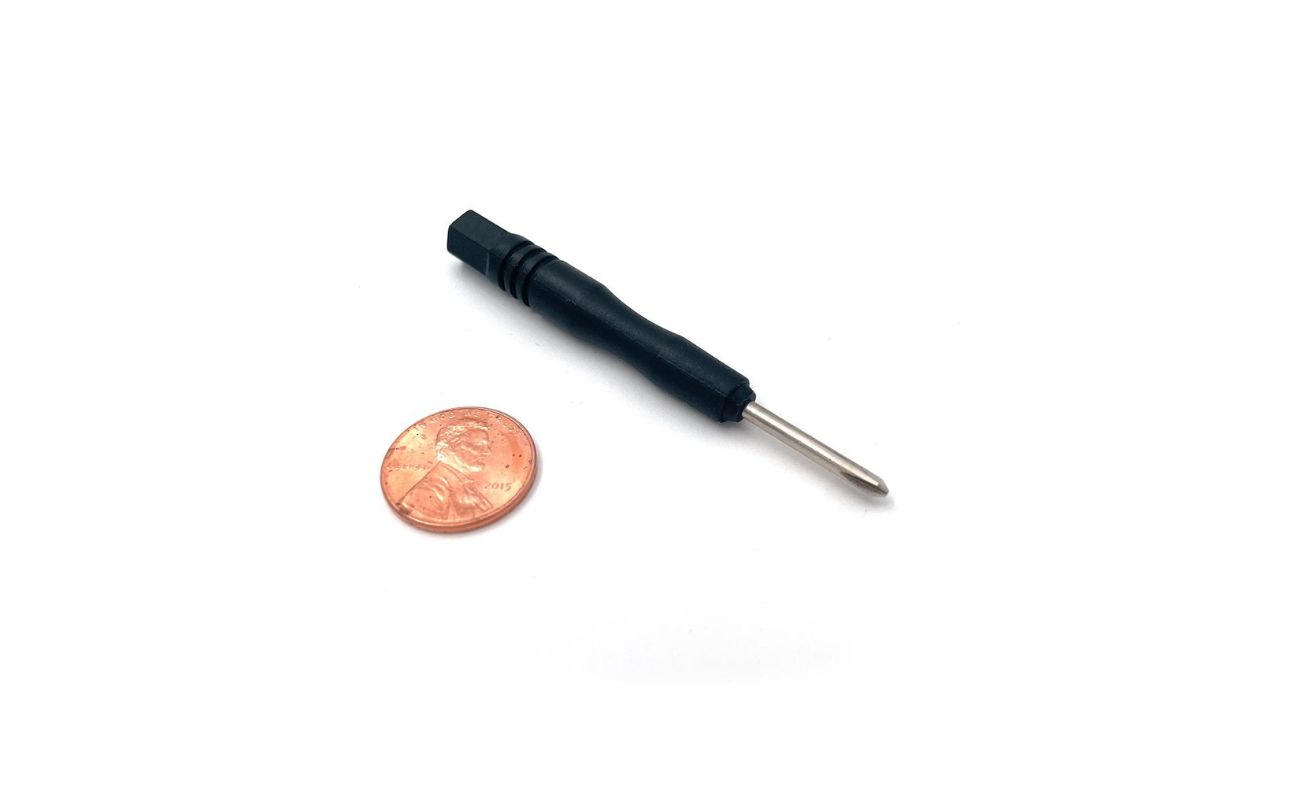

0 thoughts on “How To Use A Precision Screwdriver”